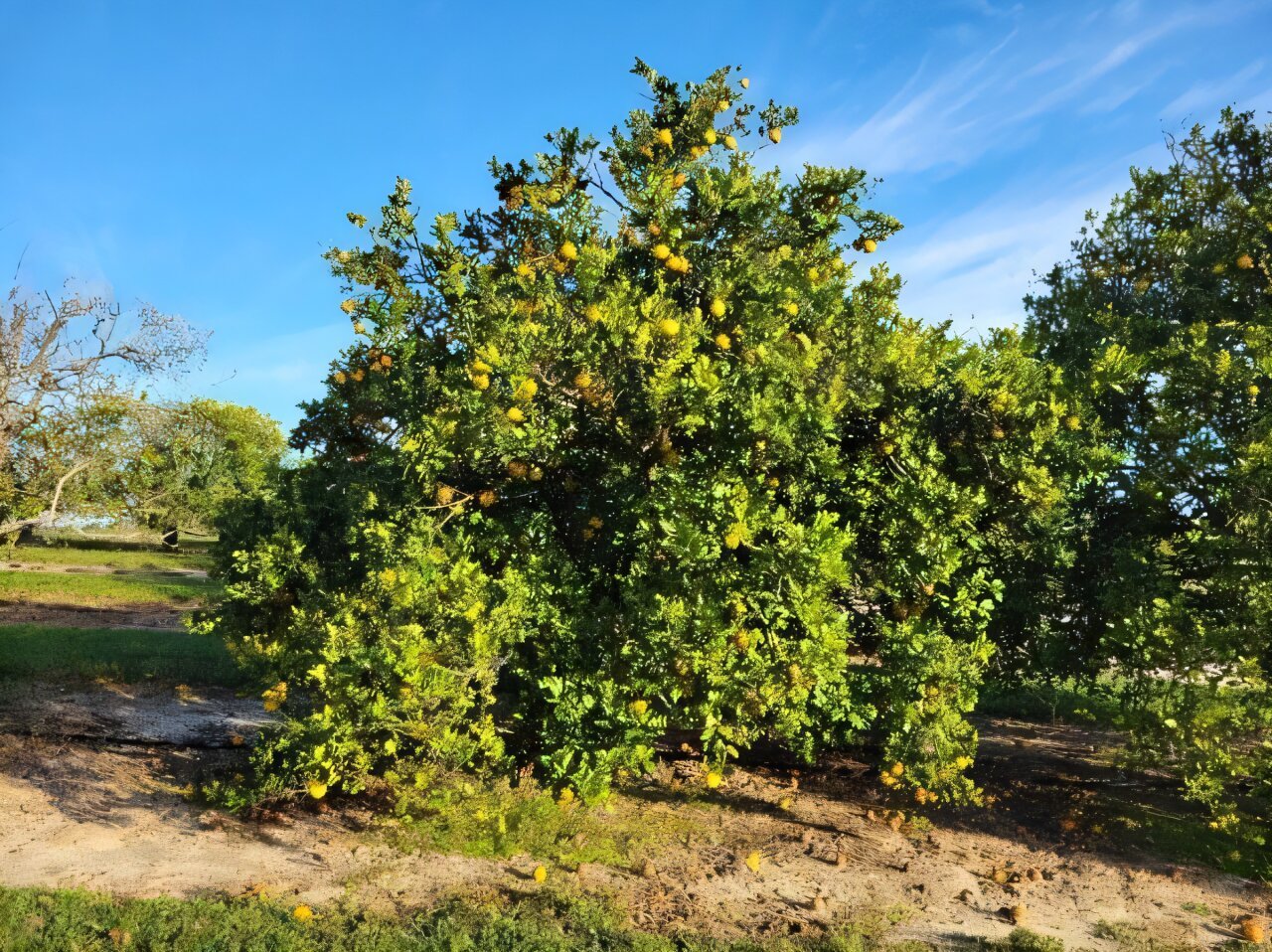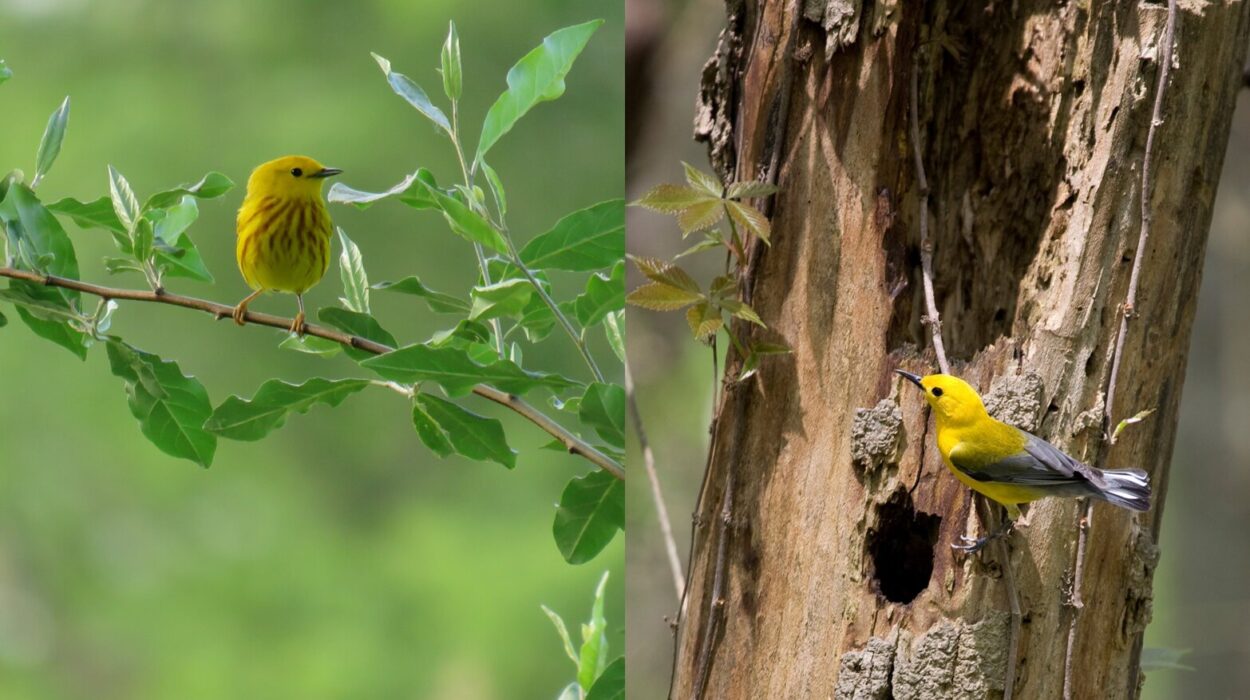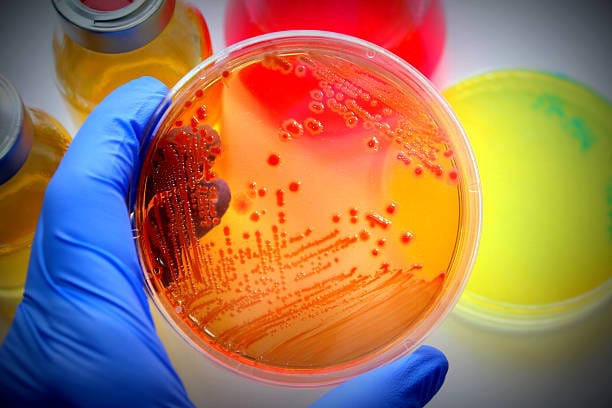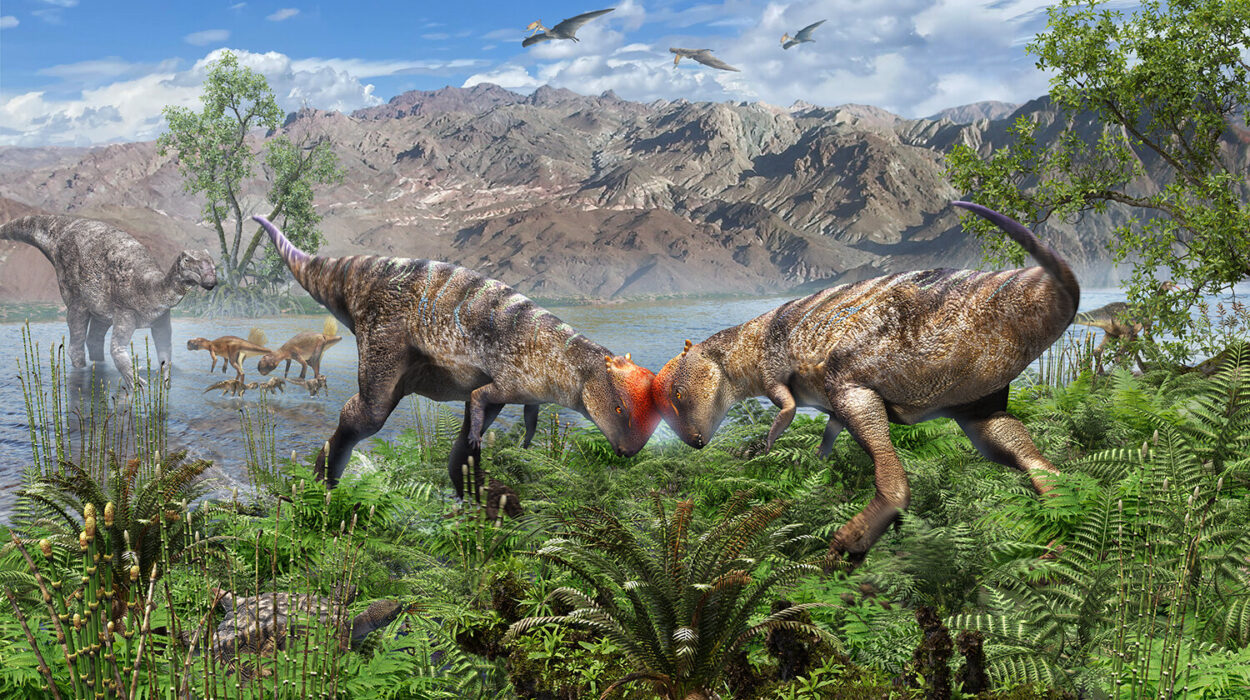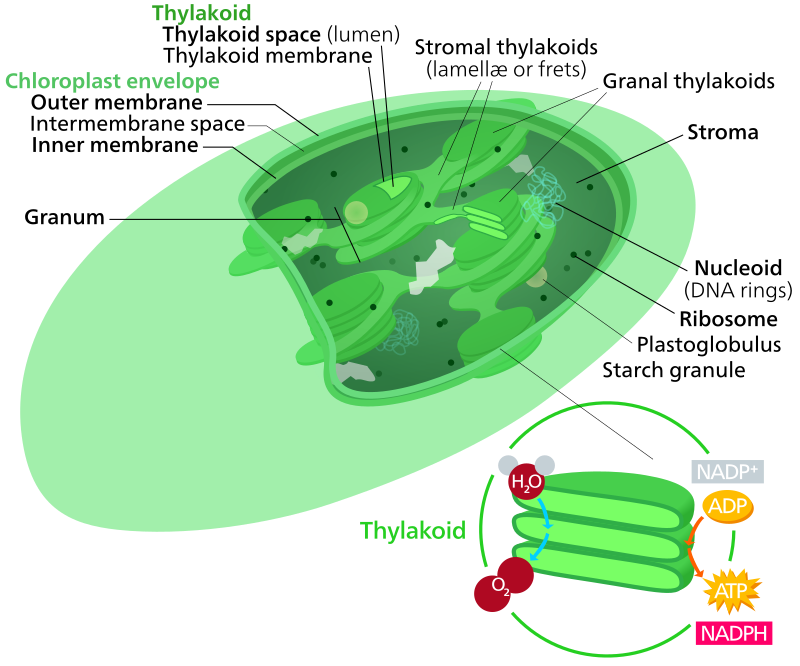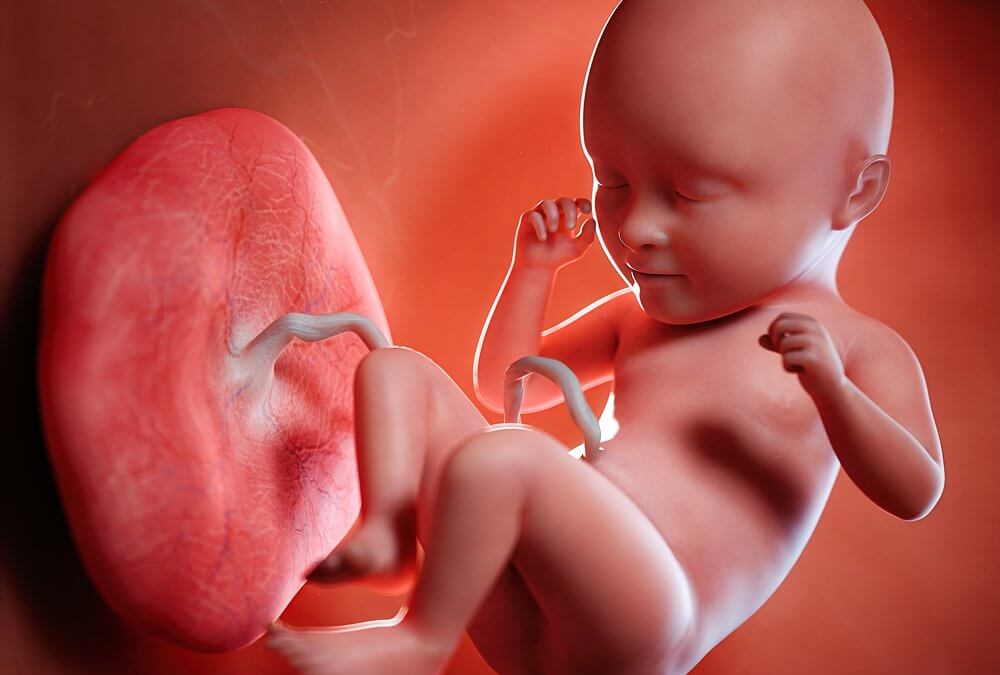In the heart of Florida’s orange belt, where groves once rippled in endless rows across sun-soaked land, a silent epidemic has been slowly eroding the citrus industry from its roots. Known as Huanglongbing—or more commonly, citrus greening disease—this devastating plant disease has slashed Florida’s citrus production by a staggering 90% since it first appeared in the state in 2005.
But now, deep within a research farm nestled in Groveland, Florida, scientists from the Agricultural Research Service (ARS) may have stumbled upon an unassuming savior. It’s not a high-tech pesticide or genetically engineered solution. It’s an orange tree—an old one—known simply as Donaldson. And it might just change the future of orange juice as we know it.
The Citrus Catastrophe: A State on the Brink
To understand the significance of the Donaldson discovery, you first need to grasp the scale of the crisis.
Citrus greening disease, or HLB, is caused by a bacterium called Candidatus Liberibacter asiaticus (CLas), which is spread by a tiny insect: the Asian citrus psyllid. Once infected, a tree may survive for years—but its fruit becomes misshapen, sour, and useless for juicing. Over time, the tree dies. There’s no cure.
Florida, long hailed as the orange juice capital of the world, has been ground zero for the HLB invasion. Citrus groves have withered, processing plants have closed, and once-bustling farming communities have watched their economies shrivel along with their fruit. Entire careers and family legacies are hanging in the balance.
HLB is not just a disease—it’s an existential threat to an entire industry.
A Chance Encounter in Groveland
Against this grim backdrop, researchers from the U.S. Horticultural Research Laboratory in Fort Pierce were combing through orange groves, looking for trees that showed signs of resilience. They weren’t looking for miracles—just any clue, any outlier that might offer a spark of hope.
That’s when they stumbled across the Donaldson tree at the A.H. Whitmore Citrus Research Foundation Farm. The tree wasn’t part of a new experiment. In fact, it had been quietly growing for over 30 years, almost forgotten amid the turmoil of the HLB crisis.
But while the trees around it—particularly those of the widely-used Hamlin variety—were dying or in serious decline, Donaldson stood strong. Its leaves were lush. Its fruit was abundant. It seemed almost… untouched.
“It stood out as being exceptionally healthy compared to the industry-standard trees,” said Matt Mattia, a research geneticist with ARS. “And when we tested it, we found something remarkable.”
Infected—But Thriving
Here’s the twist: Donaldson wasn’t free of the disease. When tested, it was positive for Candidatus Liberibacter asiaticus. In other words, it was infected with the very same bacterium that had decimated Florida’s citrus groves.
Yet it was thriving.
This paradox is what has scientists buzzing. How can a tree be infected but remain productive, healthy, and flavorful? The answer lies in the difference between resistance and tolerance. Resistance means preventing infection altogether. Tolerance, however, means the plant can live with the infection without succumbing to it.
Donaldson, it appears, may possess a rare kind of natural tolerance to HLB—a genetic resilience that allows it to coexist with the bacteria without suffering the devastating effects.
Juicing the Past to Nourish the Future
But resilience alone isn’t enough. For Donaldson to truly matter, it needs to produce good fruit—fruit that can satisfy the high standards of the commercial orange juice industry.
So scientists at the Fort Pierce lab did what any serious citrus researcher would do: they squeezed it. They harvested Donaldson oranges and compared the juice to that of the Hamlin tree—the industry workhorse that has dominated early-season juice production for decades but has been ravaged by HLB.
The taste tests, published in the journal HortScience, revealed a promising profile. Donaldson juice was flavorful and mature at the same time of year as Hamlin. While testers noted subtle differences between the two, these could be attributed to the younger age of the Hamlin trees sampled. The flavor, sweetness, and juicing potential of Donaldson were all commercially viable.
In other words, Donaldson isn’t just tough—it’s tasty.
An Orange Time Capsule from the USDA
The discovery of Donaldson’s resilience isn’t entirely serendipitous. It belongs to a long lineage of citrus research maintained by USDA-ARS, which has spent over a century developing and preserving varieties for just such challenges. Donaldson had been sitting quietly in this genetic time capsule, preserved but never commercially promoted.
Its rediscovery underscores the importance of preserving agricultural biodiversity. In a world where monocultures dominate—where entire regions rely on a handful of genetically similar crops—having a deep bench of forgotten varieties can be the key to survival when new threats emerge.
Field Trials, Genetics, and the Road Ahead
Now comes the hard part: proving that Donaldson’s apparent tolerance is durable and replicable.
ARS scientists are working with industry partners and academic collaborators to conduct field trials, where Donaldson trees will be grown under a variety of environmental and disease pressures. These trials will determine if Donaldson can truly maintain its vigor over time and across geographies.
They’re also digging deeper into the genetics of the tree. What exactly is giving Donaldson its tolerance? Is it a single gene or a suite of physiological traits? Could this tolerance be bred into other varieties? Might it even inform genome editing approaches for citrus?
Answering these questions could unlock new paths not just for Donaldson but for the entire citrus industry.
Why This Matters for You and Your Morning Glass of Juice
If you’ve ever started your day with a glass of orange juice, you’re part of a tradition that’s under siege. Without intervention, citrus greening could push orange juice from a breakfast staple to a luxury item.
Donaldson offers a ray of hope, not just for Florida growers, but for juice drinkers across the globe. Its potential as an early-season, HLB-tolerant, flavor-rich orange makes it a candidate to replace or complement existing commercial varieties like Hamlin.
If successful, the Donaldson tree might not only help stabilize the juice supply—it could reinvigorate a battered industry, inspire a new generation of growers, and become a model for fighting plant diseases in other crops.
A Bittersweet Victory in the Making
There’s still a long road ahead. Donaldson hasn’t yet proven itself in scaled commercial groves. Its genetics must be studied, its offspring evaluated, its limits tested. But in a world where agricultural stories too often end in loss, the rediscovery of Donaldson offers something far more precious: possibility.
The tree that was once forgotten may yet become the symbol of citrus’s revival.
And somewhere in a quiet corner of a research farm, a gnarled old tree continues to bear fruit—defiant, sweet, and full of promise.
Reference: Matthew Mattia et al, The Rediscovery of “Donaldson’ Sweet Orange, a Variety That Has Potential for Use in Orange Juice, HortScience (2025). DOI: 10.21273/HORTSCI18351-24
